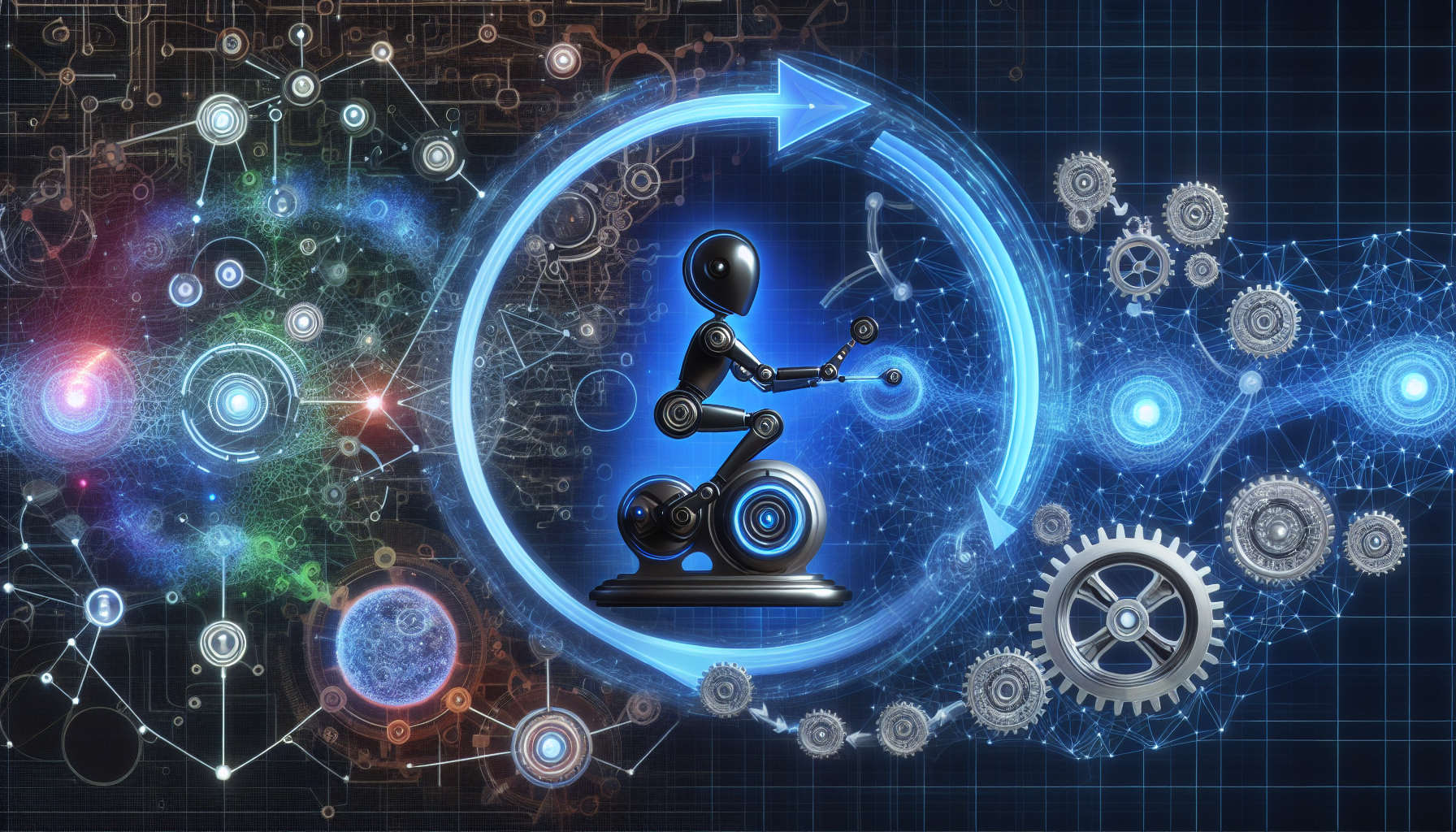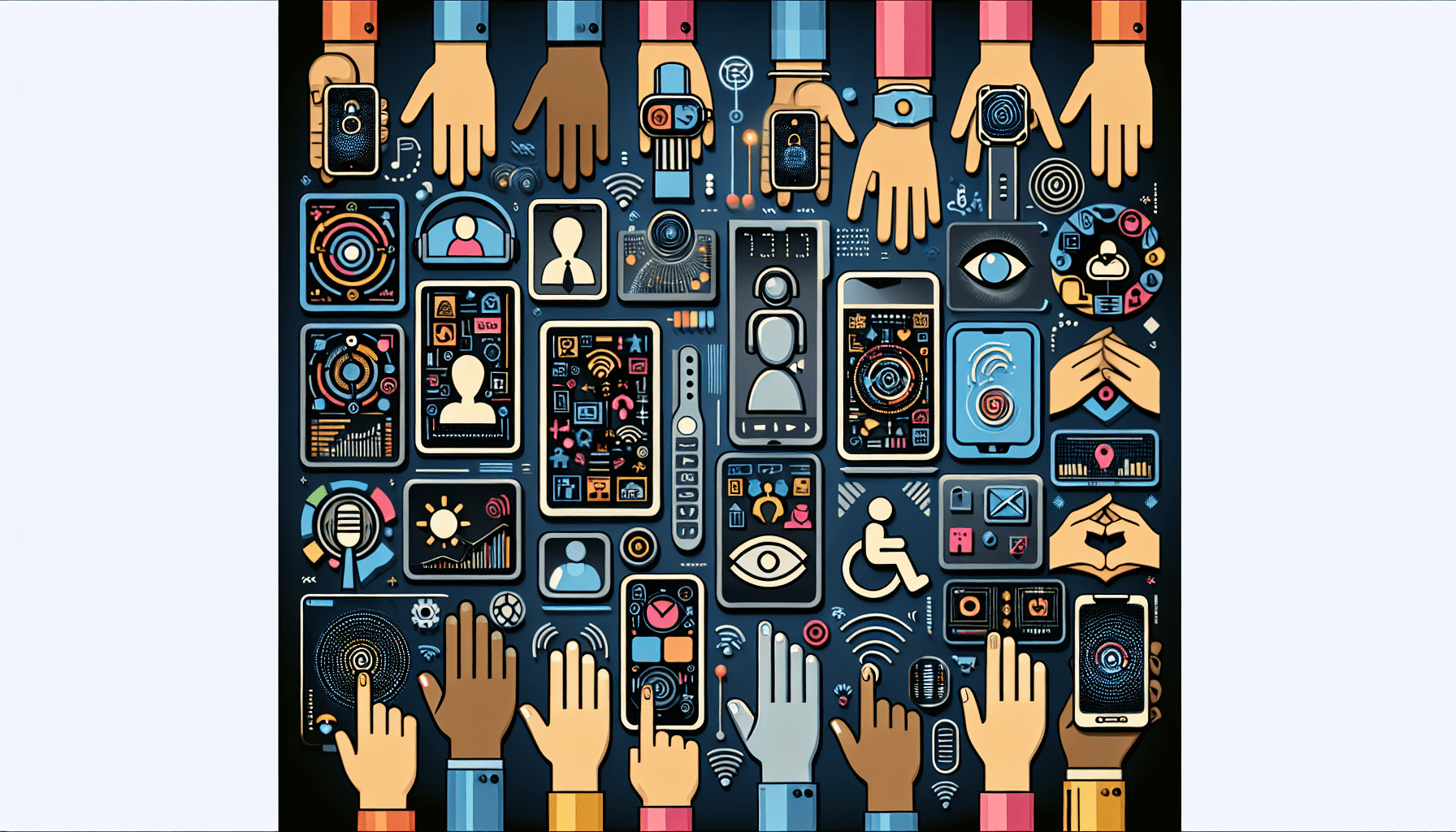In the ever-evolving world of technology, virtual assistants have become an integral part of our lives. From helping us with daily tasks to providing us with timely information, these AI-powered companions have truly revolutionized the way we interact with technology. However, have you ever wondered how these virtual assistants constantly learn and improve? This article aims to shed light on the strategies employed to ensure continuous learning and improvement in virtual assistants. By exploring various techniques and approaches, we will unravel the secrets behind their incredible ability to adapt and grow. So, if you’re curious about the inner workings of virtual assistants and the fascinating world of artificial intelligence, grab a cup of coffee and join us on this informative journey!
Strategies Employed in Continuous Learning and Improvement in Virtual Assistants
Virtual assistants have become an integral part of our daily lives, helping us with various tasks and providing us with information. Behind their seemingly effortless interaction lies a complex system of algorithms and technologies that enable them to continuously learn and improve. In this article, we will explore the strategies employed in continuous learning and improvement in virtual assistants.
Data Collection and Analysis
At the core of continuous learning and improvement in virtual assistants lies the collection and analysis of data. Data gathering involves the collection of various types of data, such as text, audio, and image data, from different sources. This data is then preprocessed to ensure its quality and reliability.
Data preprocessing involves cleaning and transforming the data to remove any noise or inconsistencies. This step helps to ensure that the data is suitable for further analysis and modeling. Data labeling is another important step in the process, where human annotators label the data to provide a reference for the assistant’s learning algorithms. Data augmentation techniques, such as data synthesis and generation, are also employed to increase the diversity and quantity of the data.
Natural Language Processing
Natural Language Processing (NLP) plays a vital role in enabling virtual assistants to understand and generate human language. NLP techniques are used to preprocess and analyze textual data, enabling the assistants to perform tasks such as text pre-processing, tokenization, part-of-speech tagging, entity recognition, and sentiment analysis.
Text pre-processing involves tasks like removing stop words, converting text to lowercase, and handling punctuation marks. Tokenization is the process of dividing text into smaller units, such as words or sentences. Part-of-speech tagging assigns grammatical labels to each word, providing information about its role in the sentence. Entity recognition identifies and classifies named entities in the text, such as names of people, organizations, or locations. Sentiment analysis determines the sentiment or emotion expressed in a piece of text.

Machine Learning Algorithms
Machine learning algorithms form the foundation of virtual assistants’ ability to learn and improve over time. Supervised learning algorithms are used to train the assistants on labeled data, allowing them to make predictions or classify new examples. Unsupervised learning algorithms are utilized to find patterns and structures in unlabeled data, enabling the assistants to discover new information and insights.
Reinforcement learning is employed to train virtual assistants through interaction with a dynamic environment, rewarding them for desirable behavior and penalizing undesirable behavior. Deep learning algorithms, such as neural networks, are used to model complex relationships and make high-level abstractions, allowing the assistants to handle complex tasks and understand nuanced language.
Feedback Loops and User Evaluations
Continuous learning and improvement in virtual assistants also heavily rely on feedback loops and user evaluations. User feedback systems are implemented to gather feedback from users, allowing them to express their satisfaction or dissatisfaction with the assistant’s performance. User surveys and interviews are conducted to gain deeper insights into user preferences and identify areas for improvement.
User behavior analysis is performed to understand user interactions with the assistant, including the actions they take and the queries they make. This analysis helps in uncovering patterns and optimizing the assistant’s performance to better meet user expectations. By incorporating user feedback and evaluations, virtual assistants can continuously iterate and enhance their capabilities.
Human-in-the-Loop Approach
Despite the advancements in AI and machine learning, human intervention remains a crucial component in the continuous learning and improvement process of virtual assistants. Human supervision and intervention ensure the accuracy and quality of assistant responses. Humans review and validate the responses generated by assistants, correcting any mistakes or inaccuracies.
Training data creation and refinement by humans is another important aspect of the human-in-the-loop approach. Humans curate and annotate data to improve the assistant’s understanding and performance. This iterative process of human intervention and refinement helps to bridge the gap between the capabilities of virtual assistants and the complexities of human language.
Regular Model Updates
To keep up with the ever-changing nature of language and user needs, virtual assistants require regular model updates. Monitoring and evaluation of performance are essential to identify areas for improvement. By monitoring user interactions and evaluating the assistant’s responses, developers can gain insights into its strengths and weaknesses.
Based on the evaluation results, updates to the assistant’s models can be made. These updates can include incorporating new data, advanced techniques, and algorithms. By continuously updating the assistant’s models, developers can ensure that it remains up-to-date and continually improves its performance.
Transfer Learning
Transfer learning is a strategy employed in virtual assistants to leverage pre-trained models and knowledge. Pre-trained models, trained on a large amount of data, can be used as a starting point for training virtual assistants. Knowledge transfer from these pre-trained models provides a solid foundation for the assistants’ understanding of language and enables them to generalize from the learned knowledge.
Domain adaptation is another aspect of transfer learning in which the assistant’s models are fine-tuned or adapted to a specific domain. This enables the assistant to perform better in specialized tasks and contexts. Additionally, task-specific learning allows the assistant to specialize in specific tasks, improving its performance and efficiency.
Collaboration and Knowledge Sharing
Virtual assistants do not exist in isolation; they can benefit from collaboration and knowledge sharing with other virtual assistants and external knowledge sources. By collaborating with other virtual assistants, they can share best practices, learn from each other’s experiences, and improve collectively. This collaborative approach fosters continuous learning and improvement across the virtual assistant ecosystem.
Shared knowledge bases are also valuable resources for virtual assistants. By integrating with external knowledge sources, such as databases or online platforms, they can access up-to-date information and enhance their knowledge. Leveraging these external resources expands the capabilities of virtual assistants and enables them to provide more accurate and comprehensive responses.

Continuous Training and Development
Continuous training and development form the backbone of the strategies employed in ensuring continuous learning and improvement in virtual assistants. Access to new data sources allows virtual assistants to stay updated with the latest information and broaden their knowledge. New algorithms and techniques provide the assistants with advanced capabilities and enable them to tackle complex tasks.
Access to expert knowledge and guidance further supports the development of virtual assistants. Expert input can help improve their performance, fine-tune models, and provide valuable insights into real-world scenarios. By continuously training and developing virtual assistants, developers strive to create assistants that are capable, reliable, and always ready to assist.
In conclusion, continuous learning and improvement in virtual assistants rely on a combination of strategies and techniques. Data collection and analysis, natural language processing, machine learning algorithms, feedback loops and user evaluations, human-in-the-loop approach, regular model updates, transfer learning, collaboration and knowledge sharing, and continuous training and development all contribute to the evolution and enhancement of virtual assistants. With these strategies in place, virtual assistants strive to provide more accurate, personalized, and helpful responses, enriching our everyday interactions with technology.






